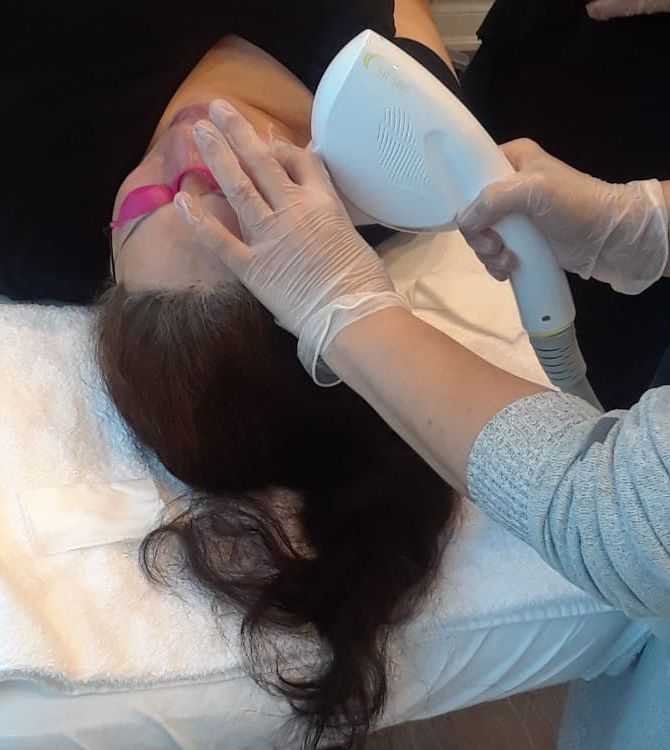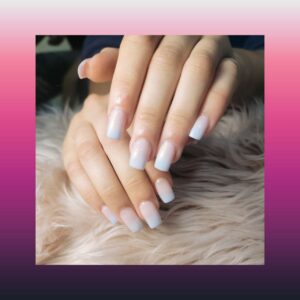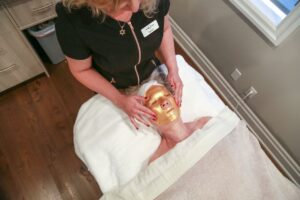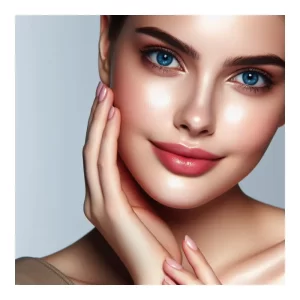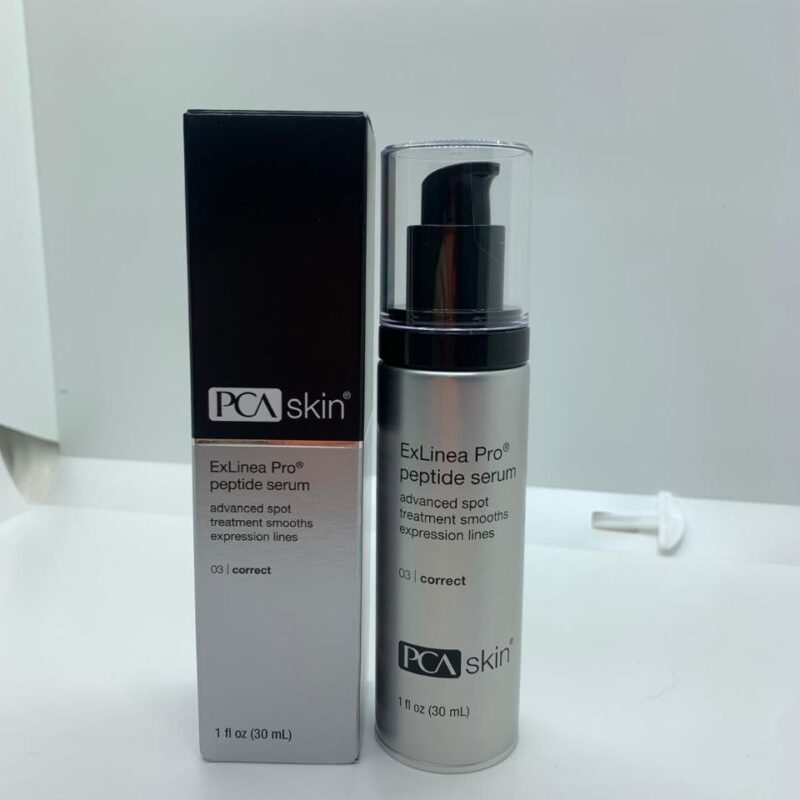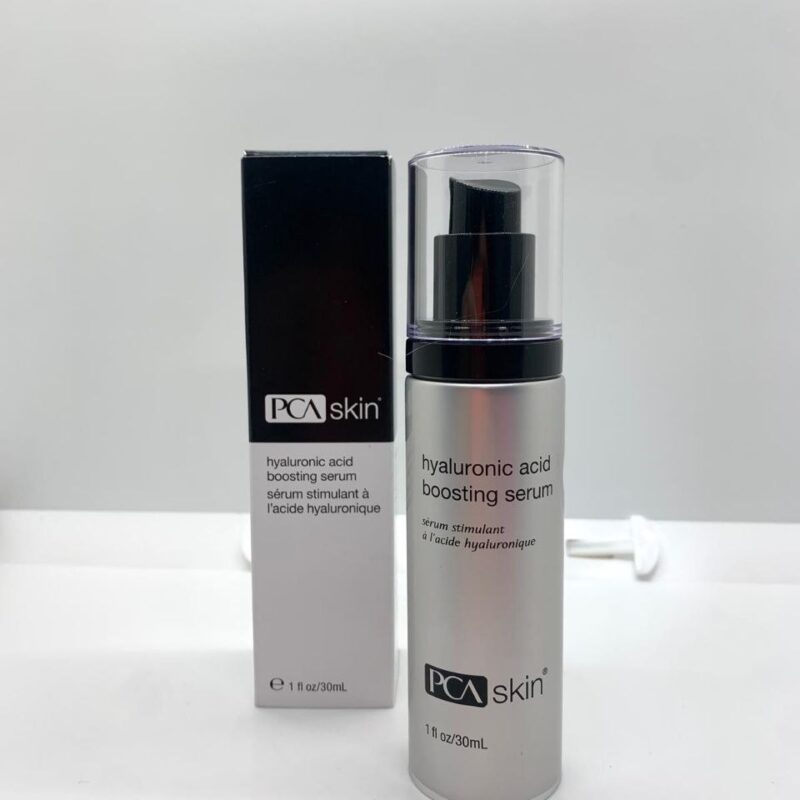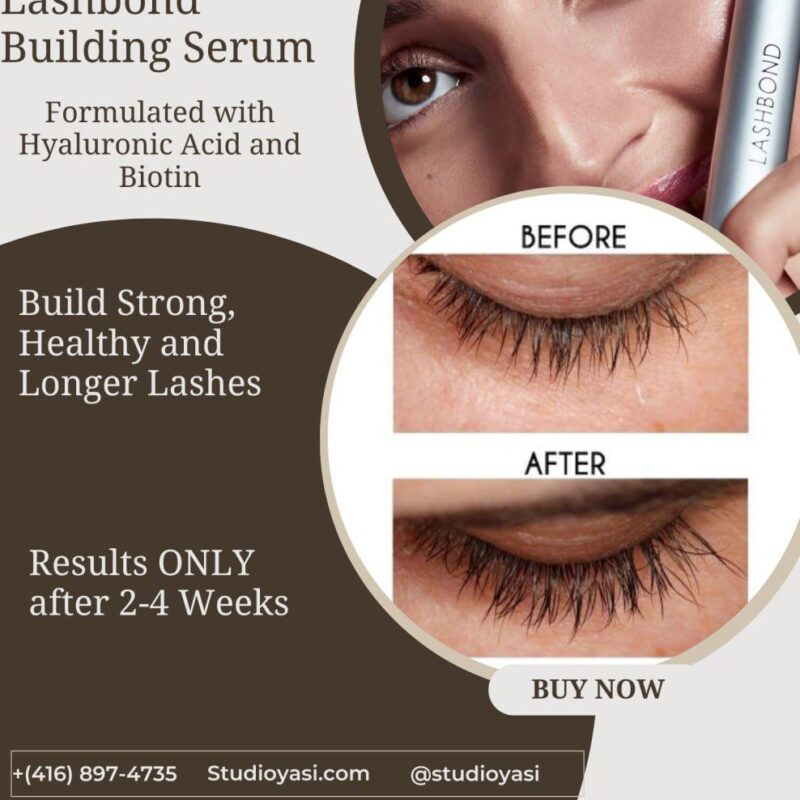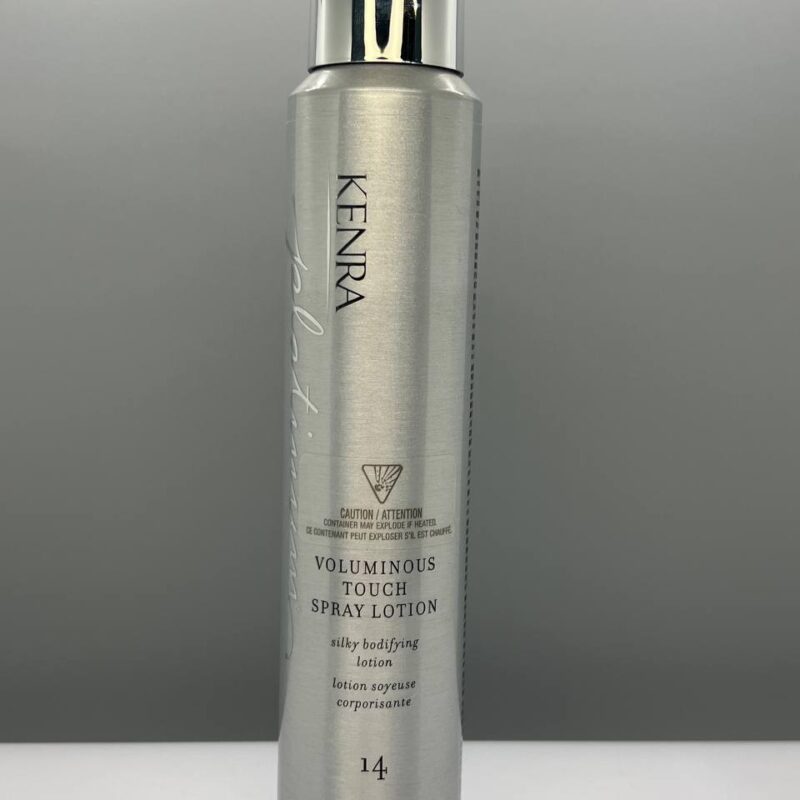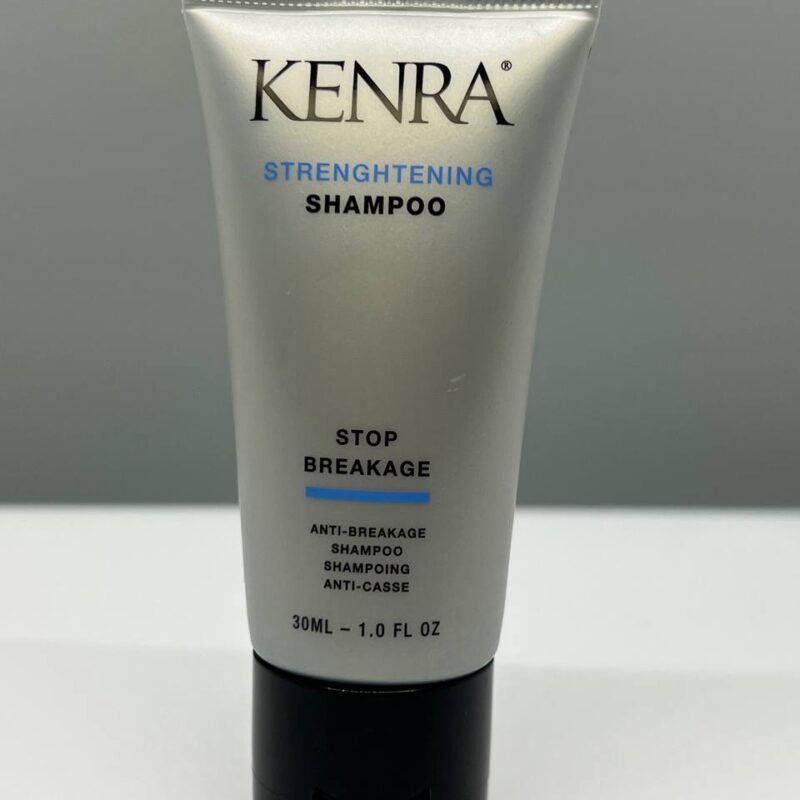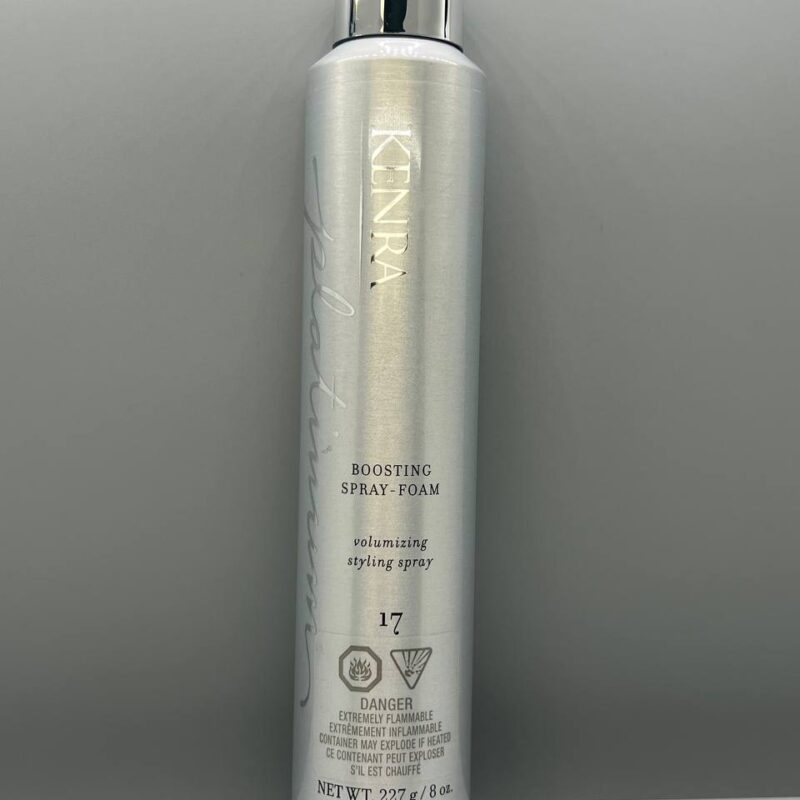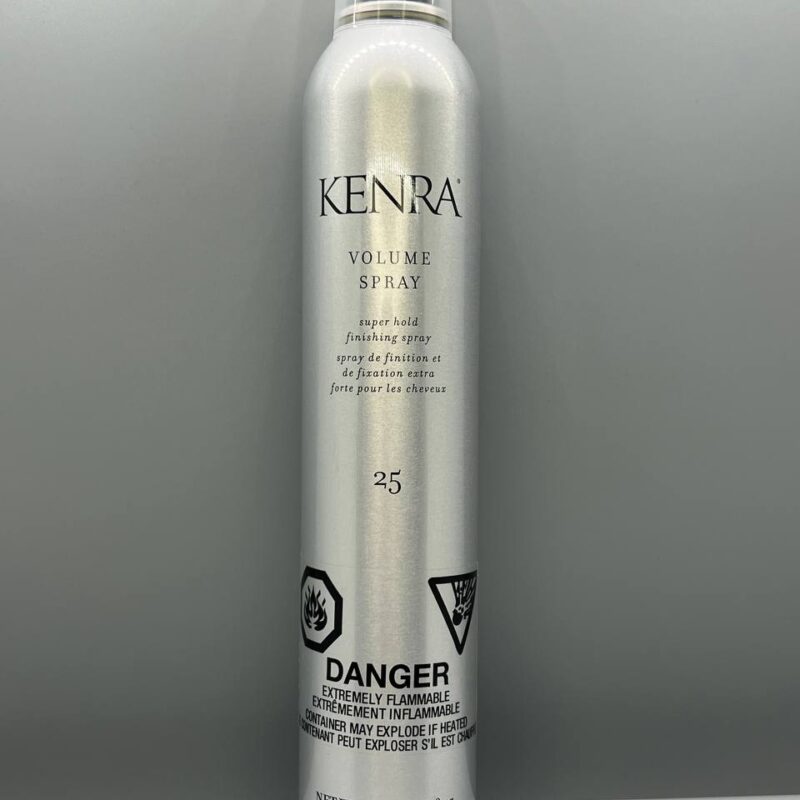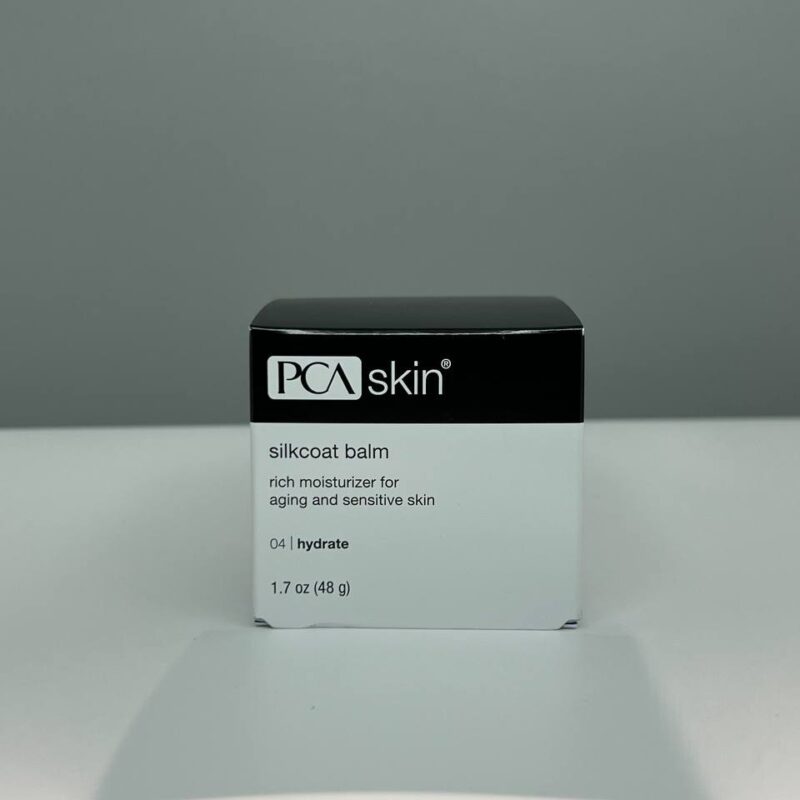Removing unwanted hair is common for cosmetic and personal hygiene reasons. This process eliminates excess or undesired hair from various body parts, such as the face, legs, underarms, and bikini area. Several methods are available for hair removal, including shaving, waxing, threading, depilatory creams, and laser treatments. Each technique has advantages and considerations, catering to individual preferences, pain tolerance, and desired duration of hair-free results. The choice of hair removal method often depends on factors such as effectiveness, convenience, and personal comfort. Ultimately, the goal is to achieve smooth, hair-free skin, promoting a clean and groomed appearance.
Modern techniques in waxing and sugaring
Shaving
Shaving, the process of removing hair from the face or body using a razor, is a common practice for personal hygiene, aesthetics, or cultural and religious reasons. Shaving techniques vary depending on the desired outcome, the type of razor used, and the individual’s skin sensitivity.
Preparing the Skin
Before shaving, thorough cleansing is essential to remove dirt, oil, and dead skin cells, making the hair more pliable and reducing irritation. Applying a shaving cream or gel further softens the hair and provides lubrication for the razor. Warm water from a shower or bath further enhances these effects, allowing for a smoother and more comfortable shave.

The Perfect 7-Step to Build Night Skincare Regimen
Razor Selection
Razors come in various types, each with its advantages and disadvantages. Disposable razors are convenient and inexpensive but often dull quickly, increasing the risk of irritation. Safety razors offer a closer shave and are more durable, but they require more attention to technique to avoid nicks and cuts. Electric razors offer convenience and are relatively gentle on the skin but may not provide as close a shave.

Shaving Technique
The direction of hair growth plays a crucial role in preventing irritation and ingrown hairs. Shaving in the direction of hair growth, known as with-the-grain shaving, minimizes the risk of tugging and pulling, which can cause discomfort and inflammation. Against-the-grain shaving, while providing a closer shave, can lead to irritation and ingrown hairs, especially for sensitive skins.
Post-Shaving Care
Rinsing the shaved area with cool water helps to close pores and reduce inflammation. Applying an aftershave lotion containing soothing ingredients like aloe vera or witch hazel further calms and protects the skin. Moisturizing the skin is also essential to prevent dryness and irritation.
How to avoid skin dryness | 14 easy way to help your skin
Reducing Irritation and Ingrown Hairs
To minimize the risk of shaving-related irritation and ingrown hairs, consider these tips:
- Shave regularly to prevent long, coarse hair from becoming more prone to tugging and pulling.
- Use a sharp razor to minimize the risk of nicks and cuts that can lead to infection and irritation.
- Exfoliate the skin before shaving to remove dead skin cells that can clog pores and trap hair.
- Avoid shaving against the grain, especially if you have sensitive skin.
- Rinse the razor frequently to remove hair and lather.
If irritation persists despite proper shaving techniques and skin care, consulting a dermatologist can help identify underlying causes and recommend personalized solutions.

Plucking
Plucking, also known as tweezing, is a method of hair removal that involves pulling individual hairs out of the skin using tweezers or an epilator. It is a temporary hair removal method, as the hair will typically regrow within a few weeks. Plucking is often used to remove unwanted facial hair, such as eyebrows, upper lip hair, and chin. Plucking often removes unwanted facial hair, such as eyebrows, upper lip hair, and chin. Plucking can also be useable to remove hair from other body parts, such as the bikini area, underarms, and legs.
Benefits of Plucking
Plucking offers several advantages over other hair removal methods:
- It is a precise hair removal method, allowing for selective removal of individual hairs.
- It can remove even the shortest hairs, which many other methods cannot.
- Plucking results are often long-lasting, as the hair may take several weeks to regrow.
Drawbacks of Plucking
Plucking also has some drawbacks:
- It can be painful, especially for those with sensitive skin.
- It can cause redness and irritation, especially if done incorrectly.
- There is a risk of infection if the tweezers are not sterilized properly.
Tips for Safe Plucking
To minimize the pain and irritation associated with plucking, follow these tips:
- Use sterilized tweezers to avoid infection.
- Pull the hair out in the direction of growth to minimize discomfort.
- Apply a topical anesthetic cream or gel to numb the area before plucking.
- Only pluck up to 6-8 hairs at a time.
- Take breaks if you experience discomfort.
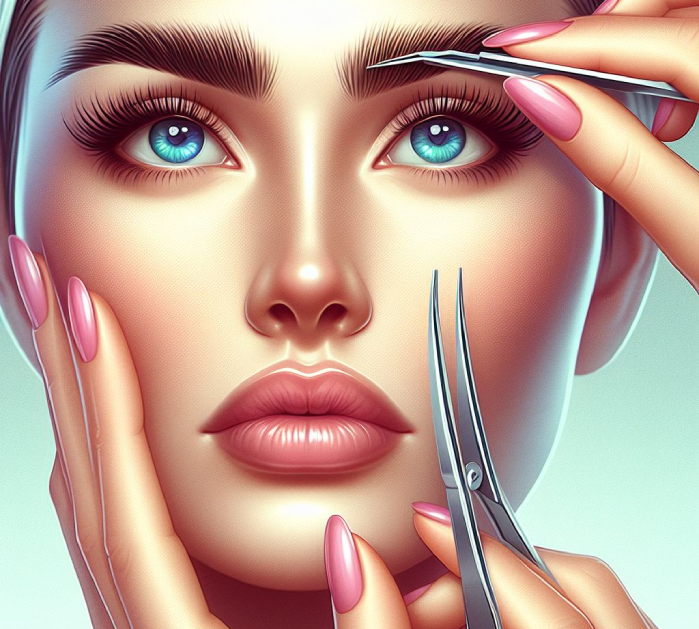
Depilatory creams
Depilatory creams are a chemical hair removal product that breaks down the keratin proteins in hair, making it easier to remove. They are typically applied to the skin as a thick cream and left on for some time (usually 5-10 minutes) to allow the cream to work. After the cream is removed, the hair can be wiped away easily.
10 simple tips to take care of dry hair
Benefits of Depilatory Creams
- Painless: Depilatory creams are easy, as they do not remove hair at the root. Depilatory makes them a good option for people who are sensitive to pain or who have sensitive skin.
- Effortless: Depilatory creams are easy to use and require no special equipment. Apply a layer of cream to the area you want to remove hair from, wait for the specified time, and then wipe away the cream.
- Long-lasting: The hair removed with depilatory creams will typically last 4-6 weeks, depending on your hair growth rate. Depilatory Creams are longer than shaving results, typically lasting 1-3 days.
Drawbacks of Depilatory Creams
- Skin irritation: Depilatory creams can cause skin irritation, especially for people with sensitive skin. Symptoms of irritation can include redness, itching, and burning.
- In rare cases, depilatory creams can cause burns, especially if left on for too long. If you experience any burning sensation, immediately rinse the cream off your skin with water.
- Ineffectiveness on thicker hair: Depilatory creams are not as effective on thicker hair. They may not be able to remove all of the hair, and the hair that is removed may grow back more quickly.
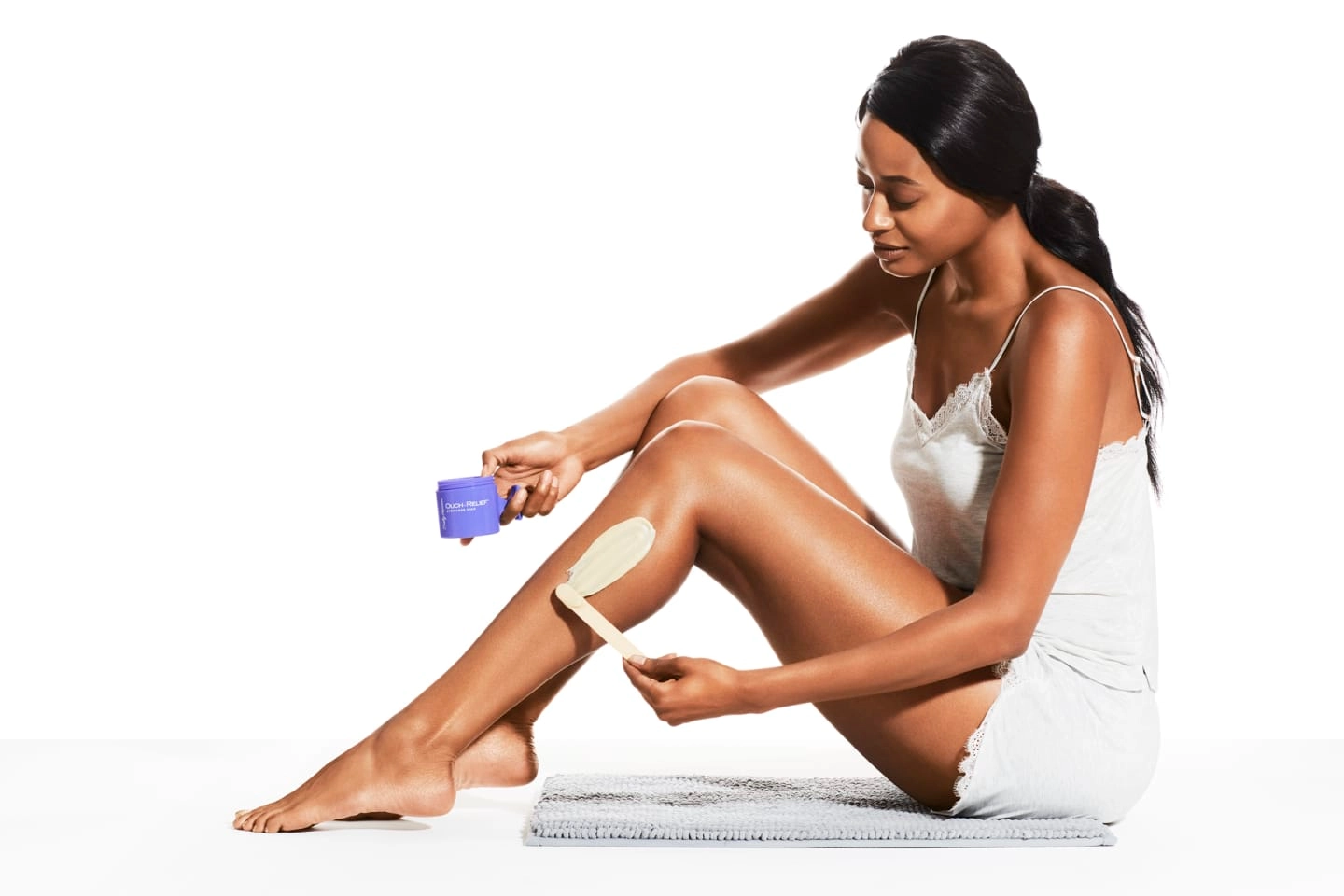
Waxing
Waxing is a hair removal method that involves applying a sticky substance, such as wax, to the skin, removing it with a strip, and taking the hair with it. Waxing can be done at home or by a professional.
Benefits of Waxing
Waxing offers several advantages over other hair removal methods:
- Long-lasting results: Waxed hair can last 3-4 weeks, which is longer than shaving results, typically staying for 1-3 days.
- Smooth skin: Waxing removes hair from the root, so the skin feels softer and less hairy than after shaving.
- Reduction in ingrown hairs: Waxing can help to reduce the occurrence of ingrown hairs, which are small, painful bumps that can occur when hair grows back into the skin.
Drawbacks of Waxing
Waxing also has some drawbacks:
- Painful: Waxing can be painful, especially for those new to it.
- Can cause skin irritation: Waxing can irritate the skin, especially for people with sensitive skin.
- Temporary redness and swelling: Waxing can cause temporary redness and swelling at the application site.
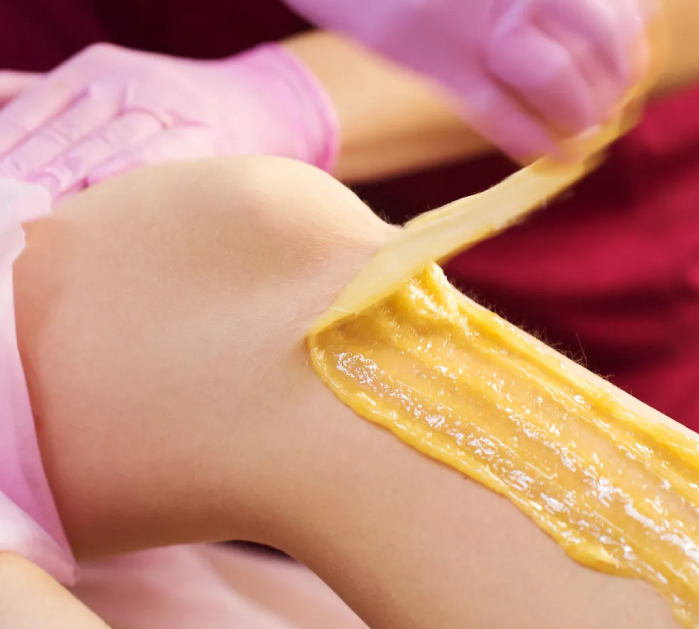
Threading
Threading is a hair removal method that originated in India and Central Asia. It involves using a thin cotton or polyester thread to remove hair from the root. The thread is twisted into a loop and then rolled over the skin, catching and pulling the hair. Threading is often used to remove unwanted facial hair, such as eyebrows, upper lip hair, and chin hair. It can also remove hair from other body parts, such as the bikini line, underarms, and legs.
Benefits of Threading
Threading offers several advantages over other hair removal methods:
- Precise removal: Threading allows for thoroughly removing individual hairs to achieve an immaculate and defined shape.
- Long-lasting results: Threading can remove hair from the root, leading to results lasting up to 3-4 weeks.
- Gentle on the skin: Threading is a more delicate method of hair removal than waxing or plucking, as it does not pull on the skin.
- Suitable for all skin types: Threading can be used on all skin types, including sensitive skin.
What is eyebrow threading | best eyebrow threading in Bradford
Drawbacks of Threading
Threading also has some drawbacks:
- Painful: Threading can be more painful than other hair removal methods, such as shaving or depilatory creams. However, the pain is often described as being sharp and short-lived.
- Requires skill: Threading requires a skilled practitioner to be done correctly. If done incorrectly, threading can cause skin irritation or even injury.
- Time-consuming: Threading can be time-consuming, especially if you have a large area of hair removed.
Tips for Safe Threading
To minimize the pain and potential risks associated with threading, follow these tips:
- Find a qualified and experienced threader: It is crucial to find a threader trained and certified in the technique.
- Communicate your concerns: Let your threader know if you have pain sensitivity or skin concerns. They can adjust their technique accordingly.
- Prepare your skin: Exfoliate before threading to remove dead skin cells and make the hair easier to remove.
- Apply a topical anesthetic: If you have a high pain tolerance, consider applying a topical anesthetic cream or gel before threading.
- Take breaks: If the threading is too painful, take breaks throughout the process.
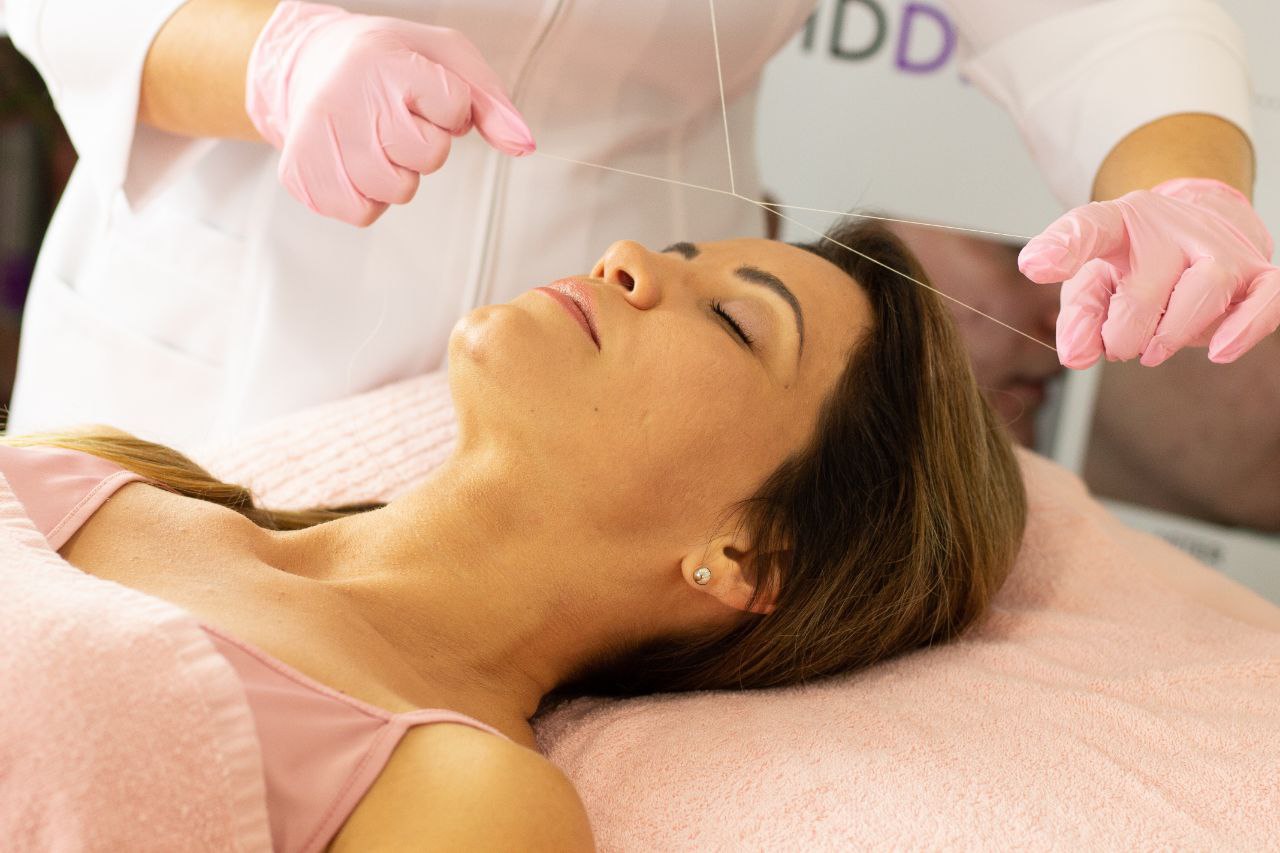
Threading in Bradford
Many reputable salons and clinics exist if you are looking for threading in Bradford. One is Studio Yasi, which gives you the best threading service you’ve ever experienced.
Laser Hair Removal
Laser hair removal is a permanent hair removal method that uses a concentrated beam of light to destroy hair follicles. The light is absorbed by the pigment in the hair follicle, which causes the follicle to heat up and eventually die.
How Laser Hair Removal Works
Laser hair removal works by targeting the melanin pigment in hair follicles. Melanin is the pigment that gives hair its color. When the laser light hits the melanin, it is absorbed and converted into heat. The heat damages the hair follicle, causing it to shrink and eventually die.
Types of Lasers Used for Hair Removal
Several different types of lasers can be used for hair removal. The most common types of lasers include:
- Alexandrite laser: This laser is a good choice for people with light to medium skin tones and dark hair.
- Diode laser: This laser is a good choice for people with all skin tones and hair colors, including blonde, red, and gray hair.
- Nd: YAG laser: This laser is a good choice for people with dark skin tones and black hair.
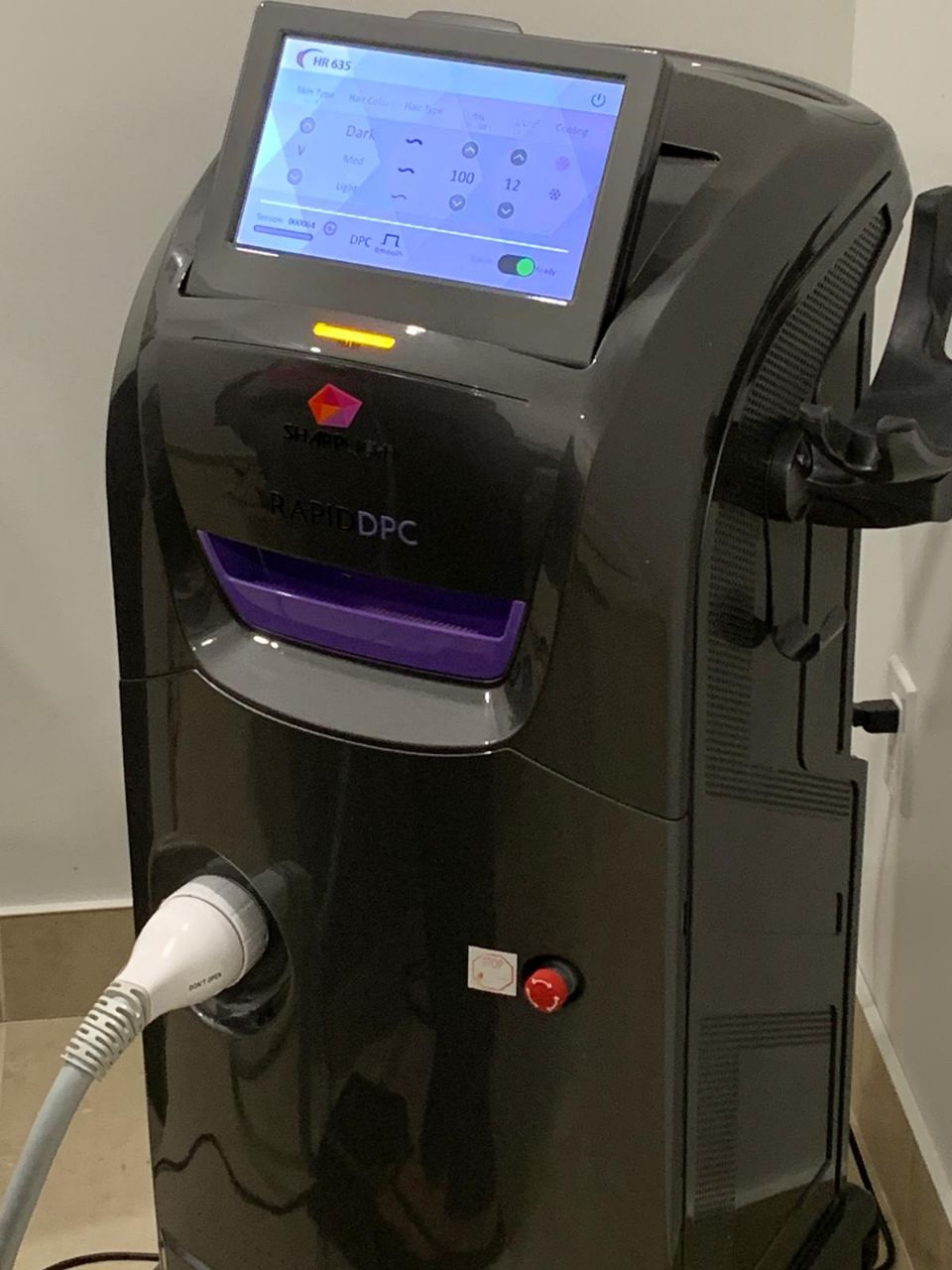
How Many Treatments Are Needed
The number of laser hair removal treatments you need will vary depending on the area of the body being treated, the thickness of the hair, and your hair growth cycle. In general, you will need 6-10 treatments spaced 4-6 weeks apart for optimal results.
Benefits of Laser Hair Removal
Laser hair removal has several benefits, including:
- Permanent hair removal: Laser hair removal can result in permanent hair reduction.
- No downtime: There is no downtime after laser hair removal, so that you can return to your normal activities immediately.
- Less painful than other methods: Laser hair removal is less painful than other hair removal methods, such as waxing or electrolysis.
- Safe and effective: Laser hair removal is a safe and effective hair removal method when performed by a qualified professional.
Drawbacks of Laser Hair Removal
Laser hair removal also has some drawbacks, including:
- Can be expensive: Laser hair removal is a more expensive hair removal method than other methods, such as shaving or waxing.
- It may only be effective for some: Laser hair removal is only effective for some. People with very light skin or magnificent hair may see little results.
- Can cause side effects: Laser hair removal can cause side effects, such as redness, swelling, and itching. In rare cases, it can also cause more severe side effects, such as scarring or burns.
- May not remove white hair: Laser hair removal may not remove white hair because it is mainly used for black hair.
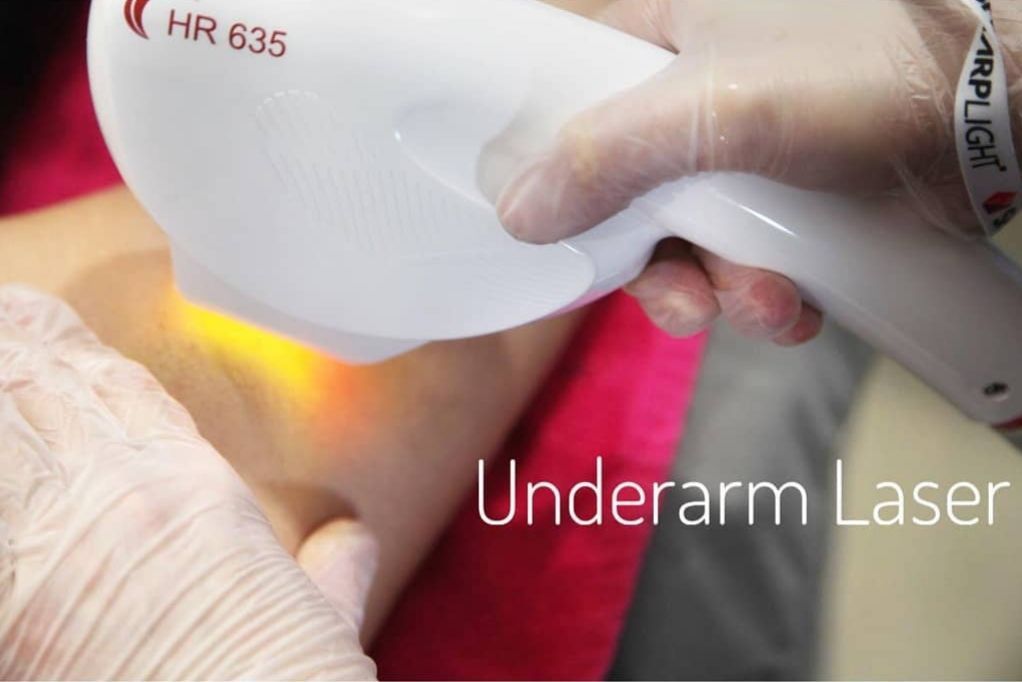
Who is a Good Candidate for Laser Hair Removal?
Laser hair removal is a good option for people with:
- Unwanted hair on any part of the body
- Light to dark skin tones
- Dark hair
- Healthy skin
Electrolysis
Electrolysis is a permanent hair removal method that involves using an electric current to destroy hair follicles. It is considered the most effective way to remove unwanted hair, including black and white hair.
How Electrolysis Works
Electrolysis works by inserting a tiny probe into the hair follicle and delivering an electric current to the root. The current destroys the hair follicle, preventing the hair from growing back.
Types of Electrolysis
There are two main types of electrolysis:
- Thermolysis: Thermolysis uses heat to destroy hair follicles. It is the most common type of electrolysis and is effective for all hair colors.
- Blend: Blend combines of heat and galvanic current to destroy hair follicles. It is considered to be the most effective type of electrolysis for removing black and white hair.
Benefits of Electrolysis
Electrolysis has several benefits, including:
- Permanent hair removal: Electrolysis is the only FDA-approved method of permanent hair removal.
- Effective for all hair colors: Electrolysis can remove all hair types, including black, white, blonde, and red.
- Safe and effective: Electrolysis is a safe and effective treatment for most people.
Drawbacks of Electrolysis
Electrolysis also has some drawbacks, including:
- Painful: Electrolysis can be painful, especially for people with sensitive skin.
- Time-consuming: Electrolysis requires multiple treatments spaced 4-6 weeks apart.
- Expensive: Electrolysis is more costly than other hair removal methods, such as shaving or waxing.
Who is a Good Candidate for Electrolysis?
Electrolysis is a good option for people who want permanent hair removal. It is especially effective for people with dark hair and light skin.
electrolysis white hair removal
Essential notes for removing unwanted hair
Here are some important notes you should keep in mind for removing unwanted hair:
- Exfoliate Regularly: Exfoliating your skin before hair removal helps to remove dead skin cells that can clog hair follicles and make it more difficult to remove hair. Exfoliating also helps to prevent ingrown hairs.
- Use a Sharp Razor: A sharp razor will cut the hair cleanly, preventing it from catching and causing irritation. Dull razors can also cause nicks and cuts, increasing your risk of infection.
- Shave in the Direction of Hair Growth: Shaving against the direction of hair growth can cause ingrown hairs. Shave in the direction of hair growth to minimize this risk.
- Moisturize After Shaving: Moisturizing your skin helps to soothe irritation and prevent dryness.
- Avoid Using Depilatory Creams on Sensitive Skin: Depilatory creams contain chemicals that remove hair by dissolving it. If you have sensitive skin, You may be more likely to experience irritation or allergic reactions if you have sensitive skin.
- Be Gentle with Waxing: Waxing can be painful, so be gentle with your skin. Apply a soothing lotion or gel after waxing to help reduce inflammation.
- Consult a Dermatologist for Permanent Hair Removal Options: If you want permanent hair removal, consider consulting a dermatologist. They can discuss your options, including electrolysis and laser hair removal.
- Always Test a New Hair Removal Method on a Small Area of Skin First: This will help you to identify any potential allergic reactions or sensitivities.
- Stop If You Experience Any Irritation or Pain: If you experience any irritation or pain after hair removal, stop the procedure and consult a dermatologist.
- Choose the Right Hair Removal Method for Your Needs: Many different hair removal methods are available, so choosing the one that is right for you is vital. Consider your skin type, hair type, and desired results when deciding.
Conclusion
In conclusion, removing unwanted hair is a common practice driven by cosmetic and personal hygiene preferences. Various methods, including shaving, waxing, threading, depilatory creams, and laser treatments, offer individuals options based on their desired outcomes and preferences. The choice of method depends on factors such as effectiveness, convenience, and personal comfort. Ultimately, the goal is to achieve smooth, hair-free skin for a clean and groomed appearance.
Know more about Studio Yasi services
FAQs
The best way to remove unwanted hair depends on your needs and preferences. Many methods are available, including shaving, waxing, depilatory creams, electrolysis, and laser hair removal. Each method has its benefits and drawbacks, so it is essential to consider all your options before deciding.
Electrolysis is the only FDA-approved method of permanent hair removal. It involves using an electric current to destroy hair follicles, preventing the hair from growing back. However, electrolysis is a time-consuming and expensive process.
Shaving removes hair from the surface of the skin, while waxing removes hair from the root. Therefore, it means that waxing can last longer than shaving, but it can also be more painful.
Depilatory creams are chemical hair removers that dissolve hair. They are easy to use and effective but may cause irritation or allergic reactions.
Laser hair removal is generally considered safe when performed by a qualified professional. However, it can cause side effects such as redness, swelling, and itching. In rare cases, it can also cause more severe side effects, such as scarring or burns.
Electrolysis is generally considered safe when performed by a qualified professional. However, it can cause pain, scarring, and infection.
The time it takes for hair to grow back after removal depends on your method. Shaving produces the shortest-lasting results, with hair typically growing back within 1-3 days. Waxing can last longer, with hair typically growing back within 2-4 weeks. Electrolysis is the most permanent method, with hair typically not growing back at all.
Ingrown hairs are caused when hair curls back into the skin instead of growing outwards. You can prevent ingrown hairs by exfoliating regularly, shaving toward hair growth, and moisturizing after shaving.

